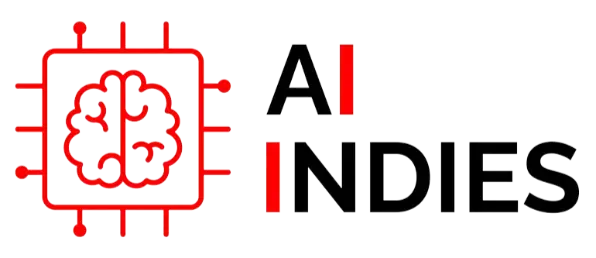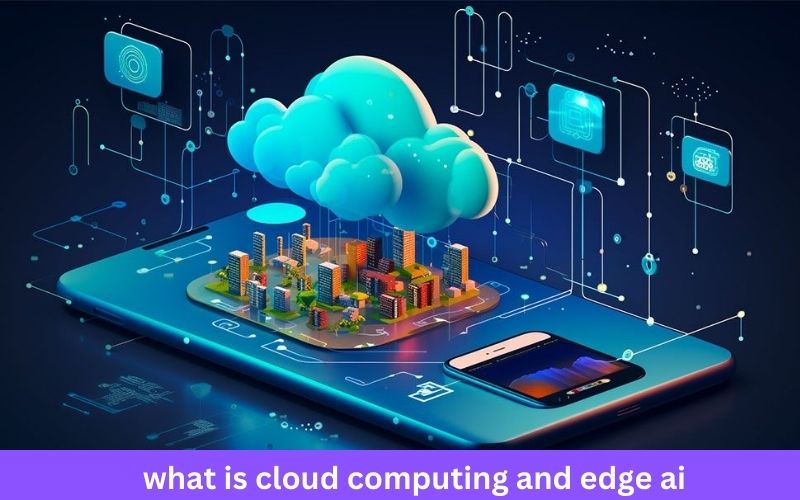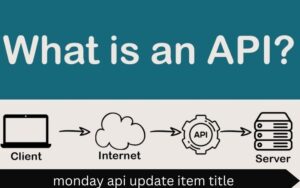The digital age has ushered in an era of unprecedented data generation and processing. To harness the full potential of this data, two powerful technologies have emerged: cloud computing and edge AI. While often viewed as separate entities, these technologies are increasingly converging to create innovative solutions across various industries.
Understanding Cloud Computing
Cloud computing represents a paradigm shift in computing infrastructure. Instead of relying on local hardware and software, organizations can access and utilize computing resources over the internet. This model offers several advantages, including scalability, cost-efficiency, and accessibility.
- Scalability: Cloud computing empowers businesses to effortlessly scale their resources up or down based on demand. This flexibility is crucial for handling fluctuating workloads and ensuring optimal performance.
- Cost-Efficiency: By eliminating the need for on-premises infrastructure, cloud computing significantly reduces upfront costs and ongoing maintenance expenses.
- Accessibility: Cloud-based services can be accessed from anywhere with an internet connection, enabling remote work, collaboration, and disaster recovery.
- 1. brainly.com
- brainly.com
The Rise of Edge AI
Edge AI, on the other hand, brings intelligence closer to the data source. Instead of sending data to a centralized cloud for processing, edge devices like smartphones, IoT sensors, and industrial equipment perform AI computations locally. This approach offers several benefits:
- Low Latency: Edge AI reduces response times by eliminating the need to transmit data to the cloud. This is critical for real-time applications such as autonomous vehicles and augmented reality.
- Improved Privacy: Processing data locally minimizes privacy concerns as sensitive information does not need to leave the device.
- Offline Capability: Edge devices can operate independently even when network connectivity is limited or unavailable.
The Convergence of Cloud Computing and Edge AI
The true power of cloud computing and edge AI lies in their synergy. By combining the strengths of both technologies, organizations can create intelligent and scalable solutions.
- Hybrid Cloud and Edge Deployments: Businesses can leverage hybrid cloud architectures to distribute workloads between the cloud and edge, optimizing for performance, cost, and data sovereignty.
- AI Model Training and Deployment: Cloud-based platforms provide the computational resources necessary for training complex AI models, while edge devices execute these models for real-time inference.
- Data Management and Analytics: Edge devices collect and preprocess data before sending it to the cloud for further analysis and insights. This approach reduces bandwidth consumption and improves data efficiency.
Real-World Applications
The convergence of cloud computing and edge AI is driving innovation across various industries:
- Healthcare: From remote patient monitoring to drug discovery, these technologies are transforming healthcare delivery by enabling faster diagnosis, personalized treatment, and improved patient outcomes.
- Manufacturing: Predictive maintenance, quality control, and supply chain optimization are being revolutionized through the integration of cloud and edge AI.
- Autonomous Vehicles: Self-driving cars rely heavily on edge AI for real-time decision-making, while the cloud provides mapping data, software updates, and remote assistance.
- Smart Cities: Cloud and edge AI are enabling intelligent traffic management, public safety, and energy efficiency in urban environments.
Challenges and Considerations
While the potential of cloud computing and edge AI is immense, several challenges must be addressed:
- Data Privacy and Security: Protecting sensitive data is paramount, especially when it is processed at the edge. Robust security measures are essential to mitigate risks.
- Network Connectivity: Reliable network connectivity is crucial for effective communication between edge devices and the cloud.
- Computational Resources: Edge devices often have limited processing power and battery life, which can constrain the complexity of AI models that can be deployed.
Challenges and Future Outlook
While the potential of cloud computing and edge AI is immense, several challenges must be addressed, including data privacy and security, network connectivity, and computational resource limitations.
Despite these challenges, the future of cloud computing and edge AI is bright. As technology continues to advance, we can expect to see even more innovative applications emerge. The integration of these two powerful technologies will be instrumental in driving digital transformation across industries and shaping the future of computing.
Conclusion
The integration of cloud computing and edge AI is reshaping industries and creating new opportunities. By understanding the strengths and limitations of both technologies, organizations can harness their power to drive innovation and gain a competitive advantage. As this dynamic duo continues to evolve, we can expect even more groundbreaking applications to emerge in the years to come.




